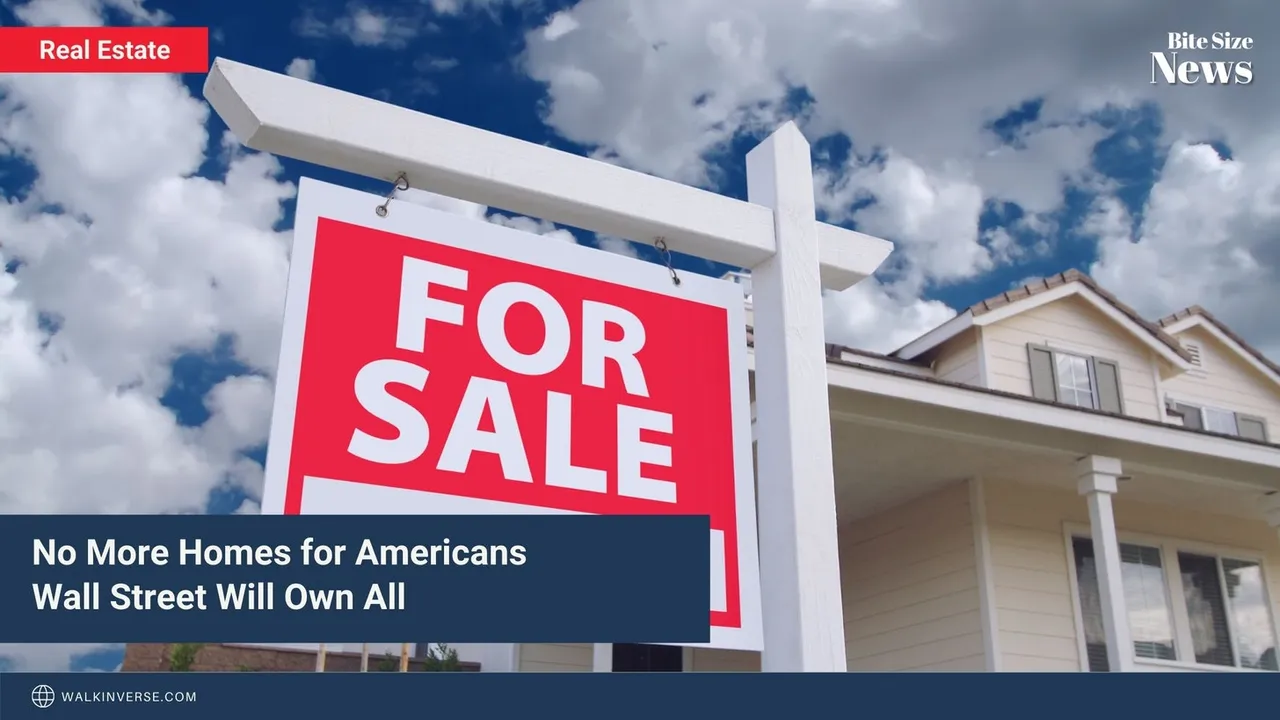
Wall Street (1) leaves no homes for first-time buyers as they’re outbid by companies such as American Homes 4 Rent by all cash offers and no inspection required.
To escalate the crisis, within a few hours released to the MLS, properties sold and flipped into rentals. This not only drives up the cost of home ownership but rent as well.
Documented in a 2016 survey 5% of all homes in Spring Hill, TN fell under the occupation of Wall Street investors; American Homes, Colony Starwood Homes, Progress Residential and Streetlane Homes.
Not only did they collect Nashville suburbs, they decimated prime metropolitan areas such as Atlanta, Phoenix and a dozen other. As of 2017 they’ve collected 200,000 middle class American homes. Their target renter? Individuals with an income of $88k or less a year. The typical family who struggles to make ends meet.
To guarantee little chance of homeownership in desirable areas, corporate investment firms buy homes with 3 or more bedrooms in communities with a homeowner’s association.
If Wall Street’s plan continues, the American people will never own a home again unless they wake up from sellers greed. Why? James Shipley makes the point clear.
“People want to sell their homes to the highest bidder, no matter who it is…” says Jamie Shipley, president of the Wakefield Homeowners Association, which governs a subdivision in which 11% of the homes are owned by institutional investors.
Not only do they displace new buyers, they raise rents as in the case with a local landlord Mr. McNeilage. As soon as a deal closes, American Homes increased rent on many properties by a few hundred a month. They also removed month-to-month leases. But this problem expands national. In 2017 American Homes acquired over 48K residences across the U.S. and controls half of Spring Hill’s properties as they leave renters with little options.
“If you want to be in that subdivision and have your kids go to that elementary school, you have to deal with them,” Mr. McNeilage says.
And once your lease expires expect an 3-3.5% increase. On an already beat up population the increment becomes a bigger issue than most can afford. It’s another $1200 a year on an already overpriced rental.
To put this into perspective, after Wall Street captured the market in the Spring Hill’s they increased rent to $1773 a month. Before the onslaught, a person could find a place of same size and spec for around $1,000 a month.
“The rent is crazy,” says Bruce Hull, Spring Hill’s vice mayor and owner of a local home-inspection business. “It hasn’t been that long since you could get a three bedroom, two bath for $1,000 a month.”
And with this new model of feudalism, they guarantee annual increases. Why? Because they can.
“Their wherewithal to pay rent today as well as pay rent in the future, with increases, is sufficient,” he said. “It’s just up to us to educate tenants on a new way, that there will be annual rent increases. This has been a very passively managed industry for 30, 40 years up until institutional players came in.”
Listen to full report Ep43: Wall Street & You: America's New Slumlord
Cites
1 Laura Kusisto, and Ryan Dezember. 2017. “Meet Your New Landlord: Wall Street.” Wall Street Journal: Markets, July 21, 2017. https://www.wsj.com/articles/meet-your-new-landlord-wall-street-1500647417.
